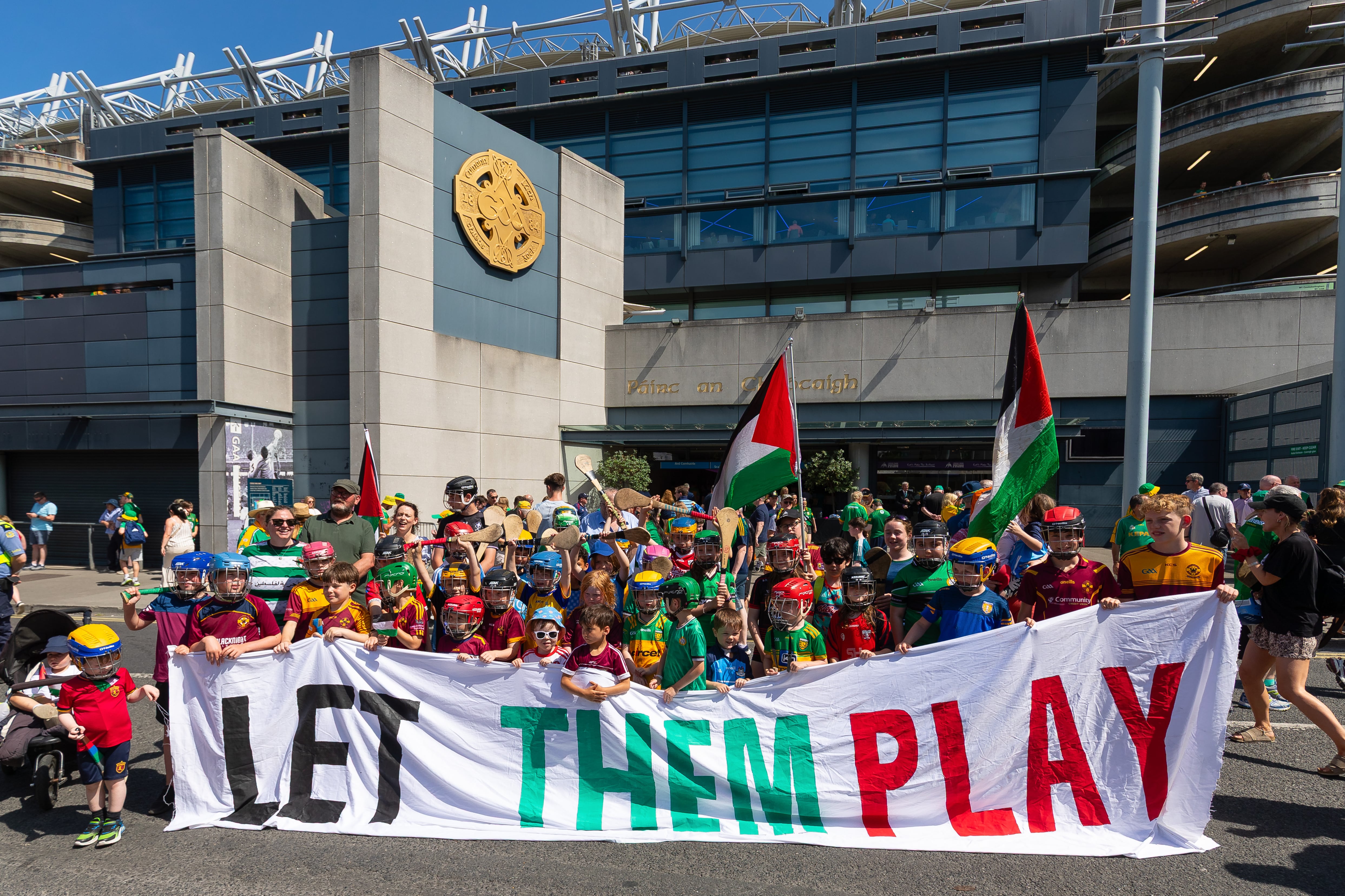It was a culture that “barely tolerated” women, concluded the independent review of the Defence Forces. Substitute the name of Ireland for that of the Defence Forces and those two words sum up the female experience of this State’s 100-year existence. Many women reading this report will be left with a despairing sense of plus ca change, plus c’est la meme chose. For its catalogue of crimes and misdemeanours against women is so familiar it could be mistaken for a cut-and-paste biography of countless female lives.
This is not to underestimate the report’s significance in tackling yet another brick in the wall of gender prejudice. The aggravating aspect is that its catalogue of “hypermasculinities”, the discerned “pattern of rape and sexual assault”, the bullying, discrimination and harassment is being discussed as though it was all in the past tense.
The report came six days after a new twist in the Kerry Babies case, which, metaphorically, burned an innocent woman alive at the stake in a national witch hunt four decades ago. Reports last week that gardaí had arrested two people in connection with the discovery of a murdered baby on a beach outside Cahersiveen in 1984 spawned numerous articles decrying the misogyny of a long-vanished old Ireland, one now harmlessly entombed in the mid-20th century. Many commentators opined that women’s lives in 1980s Ireland seemed as alien nowadays as head vices and Neanderthals. Not only is that wishful thinking, it is a conceit that is both cruel and precarious.
Last Friday’s edition of The Irish Times reflected the chilling facts. Page one carried a photograph of 18-year-old Alanna Quinn Idris and her sightless right eye after Darragh Lyons was sentenced to jail for his part in a “savage attack” that had left her half blind. Below the picture was the report that two people were being held on suspicion of murder in the Kerry Babies case, in which gardaí had asininely and brutally attempted to prove that the innocent Joanne Hayes had given birth to twins conceived with two different men.
READ MORE
Page four contained a report flagging the imminent publication of the Women of Honour report on abuse in the Defence Forces.
On page six, it was reported that Richard Burke from Killygordon in Co Donegal had been found guilty of the manslaughter of Jasmine McMonagle, a 32-year-old woman with two children, whom he had strangled and beaten to death. On the same page was the court report of the attack on Quinn Idris. A third item on that page dealt with an appeal instituted by architect Graham Dwyer against his conviction for murdering childcare worker Elaine O’Hara in 2012.
On page eight, it was reported that a woman with six children had “escaped jail” for smashing the windows of her estranged husband’s tractor over his failure to pay up to €200,000 arising from a separation agreement approved by the family law court.
In the courts on the day of that Irish Times edition, Dwyer lost his appeal, another man was jailed for killing his wife with a Samurai sword, and gardaí announced they were upgrading the case of Annie McCarrick to “murder”, 30 years since the American woman had gone missing from her home in Dublin during an epidemic of vanished women and girls in the east of the country.
That was all in just one day. It could have been any day.
That these circumstances are considered to constitute a golden age to be a woman in Ireland tells us all we need to know about how utterly hellish it used to be. Women’s Aid says that one in four women who has been in an intimate relationship has been abused by a partner. The organisation’s Femicide Watch, which monitors fatal crimes against women, has recorded 257 such killings since it started collecting the data in 1996. Of those deceased women, 164 were killed in their own homes and 87 per cent of them were killed by a man they knew. In January this year, the Irish Human Rights and Equality Commission stated that violence against women is at a “crisis level”. It called for zero tolerance.
In his analysis of the Kerry Babies case, Michael O’Regan rightly speculated that, had there been more women judges and senior counsel in the 1980s, the tribunal that persecuted Joanne Hayes might have been quite different. The same can be said about the ranks of An Garda Síochána.
More women do occupy influential positions now and their priorities are bringing new perspectives. It is not coincidental, for instance, that it was a woman journalist, RTÉ’s Katie Hannon, who brought the complaints of the Women of Honour to public attention, and it was a woman retired judge, Bronagh O’Hanlon, who led the inquiry.
But appointing women to benches and boards can only achieve so much in changing a culture that barely tolerated women throughout a century of Magdalen laundries, mother and baby homes, symphysiotomies, forced adoptions, Miss X, Miss C, Ms D, Ms O, Ms Y, Ann Lovett, Eileen Flynn, Kelly Fitzgerald, Brigid McCole, Sheila Hodgers, Philomena Lee, Savita Halappanavar, Christine Buckley, Vicky Phelan and all the women whose names we will never know.
Violence against women is predicated on an imbalance of power and it seems that, as legislation, at last, aims to correct the establishment’s gender imbalance, some men are raging with women and determined to keep them in their subservient place. The report on the Defence Forces says that “disrespect is a dominant feature in an organisation resistant to change”. Former female members have recalled being regularly called “c**ts”.
Last January, a national newspaper quoted an unidentified government minister as calling his political rivals “c**ts”. Instead of shielding that minister in exchange for a “colourful” quote, the newspaper would have better served its readers by naming him (or her). Only thus will the entrenched culture of disrespect start to unravel.
This is what is meant by zero tolerance. Until that happens, for those of us who are sick and tired of déjà vu, and for the many who are beaten, battered and bruised, tomorrow will always be just another day.













